Social-Emotional Learning (SEL) for Teachers: The Role of Mindfulness
Explore a powerful tool for teachers called mindfulness. Learn how teachers can incorporate mindfulness into daily life to help manage stress, avoid burnout, and be present throughout the day. Part of the "Social-Emotional Learning (SEL) for Teachers" series
Media Details
Runtime: 7 minutes 4 seconds
- Topic: Careers, Counseling and Self-Help, Education
- Subtopic: Counseling, Occupations, Teacher Training
- Grade/Interest Level: PT/TT
- Release Year: 2021
- Producer/Distributor: Ohio Broadcast Educational Media Commission
- Series: Social-Emotional Learning (SEL) for Teachers
- Writer: Daniel Strauss
- Report a Problem
Related Media

Social-Emotional Learning (SEL) for Teachers
Episode 1
6 minutes 39 seconds
Grade Level: PT/TT -
Social-Emotional Learning (SEL) for Teachers
Episode 1
6 minutes 39 seconds
Grade Level: PT/TT -
Social-Emotional Learning (SEL) for Teachers: Teacher Stress and Burnout

Social-Emotional Learning (SEL) for Teachers
Episode 2
7 minutes 4 seconds
Grade Level: PT/TT -
Social-Emotional Learning (SEL) for Teachers
Episode 2
7 minutes 4 seconds
Grade Level: PT/TT -
Social-Emotional Learning (SEL) for Teachers: The Role of Mindfulness
